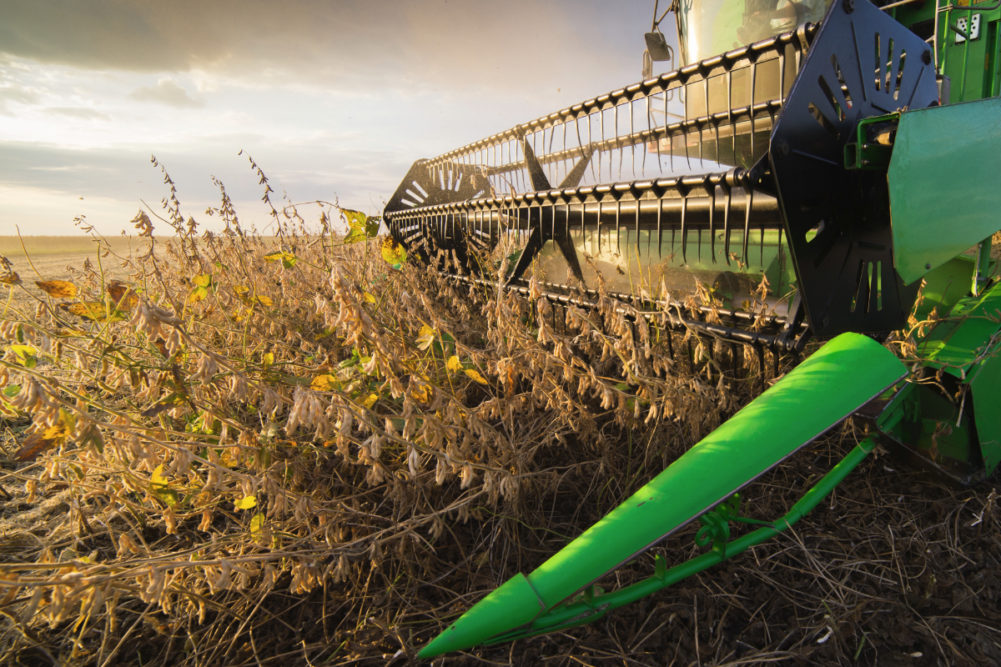DENVER, COLORADO, US — An expected weakening of the US dollar in 2021 will not benefit all commodities equally, according to a new report from CoBank’s Knowledge Exchange.
Fundamental factors like tariffs and weather conditions in key agricultural producing regions often dominate market dynamics despite currency headwinds or tailwinds and should not be discounted, the report found.
“US agricultural exports are largely expected to continue a faster pace in 2021 with help from weakness in the US dollar,” said Tanner Ehmke, manager of CoBank’s Knowledge Exchange. “But our research indicates that some agricultural commodities like grains, oilseeds, and cotton will face a currency headwind.”
CoBank’s estimates on commodity-specific trade weighted balances reveals a nuanced view of currency implications for US agricultural exports in 2021.
The US trade weighted grain and oilseed index stands out relative to other agriculture commodities. The index strengthened by 14% in 2020 and is expected to gain another 4% to 5% in 2021.
The further strengthening of the grain and oilseed index is driven by the US dollar’s strength relative to the currencies of major exporters like Brazil, Argentina and Ukraine.
“A casual observer could argue that corn and soybean exports will face headwinds in 2021 since the index strength implies that US exports become less price competitive,” said Kenneth Scott Zuckerberg, lead grain and farm supply economist with CoBank. “But this was not the case in 2020 nor is it expected to be in 2021 due to Chinese demand.”
China has been aggressively buying US grain for feed as it rebuilds its hog herd, leveraging its strong currency relative to the US dollar despite the dollar’s strength in relation to other currencies.






